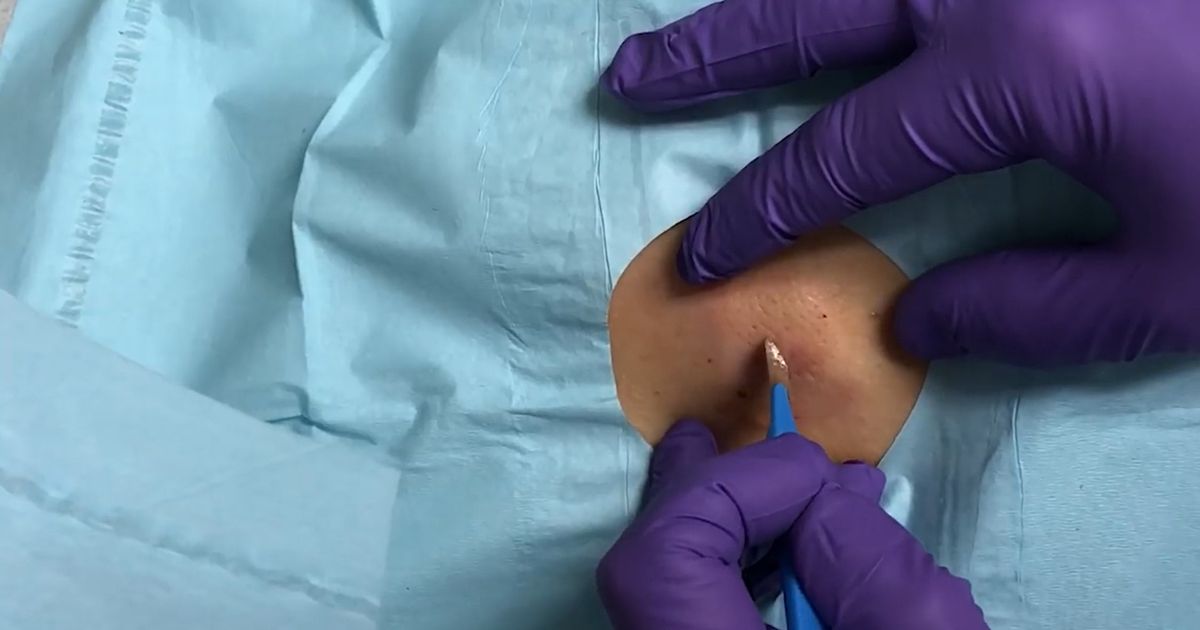Strategies For Treating A Baker's Cyst
For those suffering from a baker's cyst, knowing what medications to use and where to find them is vital.
A fluid-filled sac that develops behind the knee and causes a sensation of tightness and a bulging appearance is called a Baker's cyst. This cyst can occur when the lubricant in the knee joint squeezes into the back of the joint and forms a cyst as a result of swelling. A Baker's cyst can also be caused by a knee injury, gout, and other types of arthritis. Some individuals with a Baker's cyst do not experience any noticeable symptoms. Cysts that grow to be large can manifest in symptoms like knee pain, swelling behind the knee, knee joint stiffness, and leg swelling. This type of cyst can be diagnosed with the use of an MRI or ultrasound. An untreated Baker's cyst has the potential to rupture. A ruptured cyst can cause bruising, pain, and swelling on the back of the knee and calf.
There are numerous methods used to treat symptomatic Baker's cyst. Uncover them now.
Fluid Drainage

An individual experiencing symptoms as a manifestation of their Baker's cyst may need fluid drainage as part of their treatment. Fluid drainage or aspiration is typically administered on an outpatient basis and does not require any special preparation. During the procedure, a topical or injection of local anesthetic is delivered to the skin around the cyst. A device with a large screen called an ultrasound machine is used to locate the precise location of the patient's cyst. A small needle is inserted into the tissue behind the knee and the cyst. The vacuum mechanism of a syringe is used to draw out the fluid inside of the cyst. This treatment should shrink the cyst to reduce the symptoms the patient is experiencing as a result of the cyst growth. This method of treatment is often used for individuals who cannot undergo surgery to remove the cyst but still need symptomatic relief. The recovery from this aspiration procedure is short and allows the affected individual to resume their regular daily activities the day of or after. Most patients who undergo an aspiration for a baker's cyst do not feel pain during their fluid drainage procedure. Fluid drainage is an effective way to alleviate Baker's cyst symptoms, but there is a possibility the cyst will grow back.
Uncover more options for treating a Baker's cyst now.